“Textbook of Dental Anatomy, Physiology, and Occlusion” would likely be a comprehensive resource covering the foundational concepts of dental anatomy, physiology, and occlusion. Here’s what you might expect to find in such a textbook:
- Dental Anatomy: Detailed descriptions of the morphology and structure of the teeth, including the crown, roots, pulp chamber, dentin, enamel, and cementum. It would likely cover each type of tooth and its variations, along with developmental aspects.
- Oral Physiology: Discussions on the physiological processes involved in oral function, such as mastication, swallowing, speech, salivary secretion, and the innervation and vascular supply of the oral cavity.
- Occlusion: Examination of the principles and concepts of dental occlusion, including the classification of occlusion, normal occlusal relationships, and variations in occlusal patterns. It may also discuss the functional aspects of occlusion and its role in dental health and treatment.
- Functional Anatomy: Practical aspects of dental anatomy, physiology, and occlusion, focusing on their functional significance in dental practice. This could include discussions on how occlusion influences chewing efficiency, speech articulation, and the stability of dental restorations.
- Clinical Applications: Correlation of dental anatomy, physiology, and occlusion with clinical practice, including their relevance to procedures such as cavity preparation, tooth restoration, orthodontic treatment, and prosthodontic rehabilitation.
- Illustrations and Images: Rich visual aids, including illustrations, diagrams, and photographs, to enhance understanding of complex anatomical structures and physiological processes.
- Review Questions and Case Studies: Interactive elements such as review questions, case studies, and clinical scenarios to reinforce learning and encourage critical thinking.
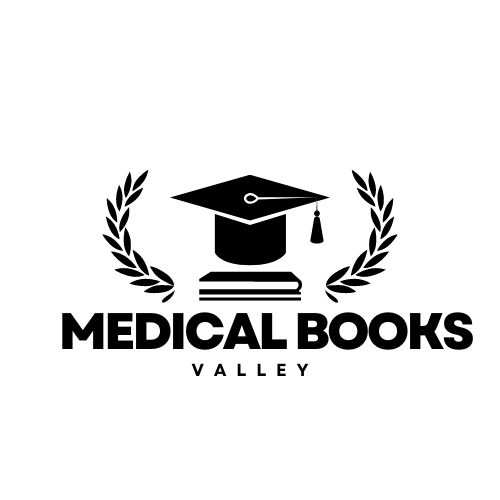




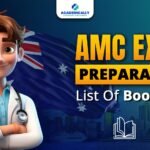







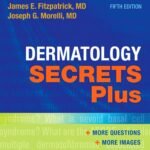
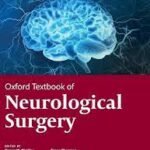
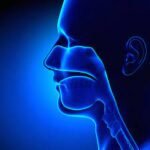

 Prepladder Notes
Prepladder Notes Stethoscope
Stethoscope Plab Books
Plab Books Radiology Books
Radiology Books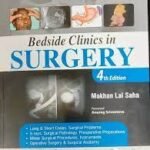 Surgery Books
Surgery Books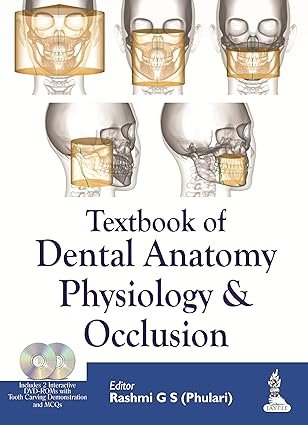
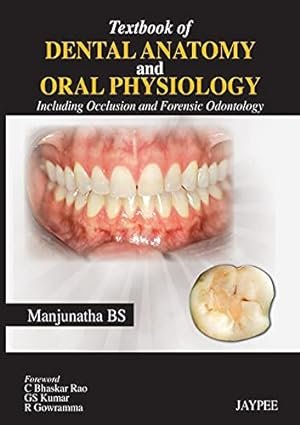
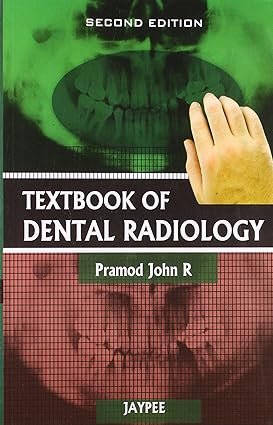



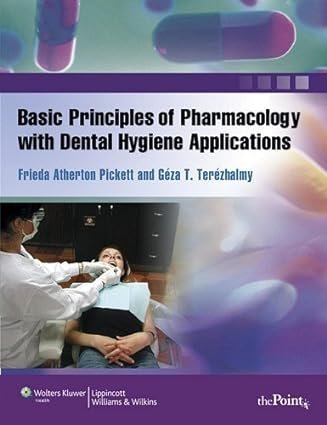
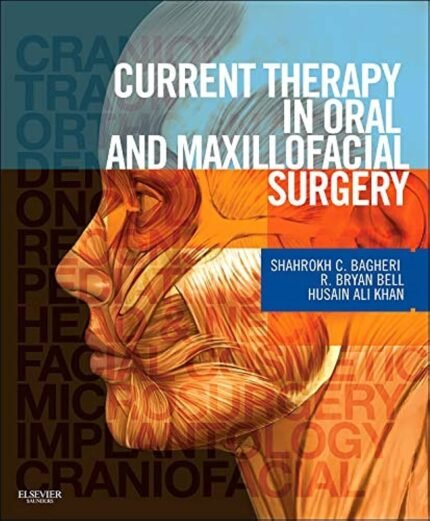
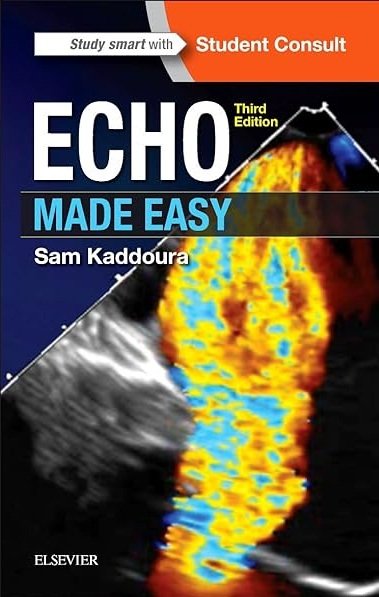
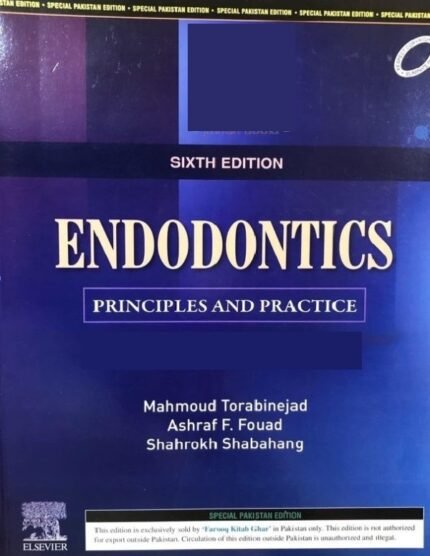
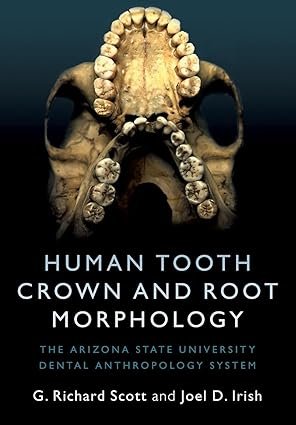
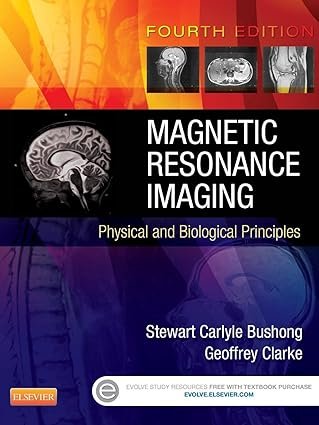

Reviews
There are no reviews yet.